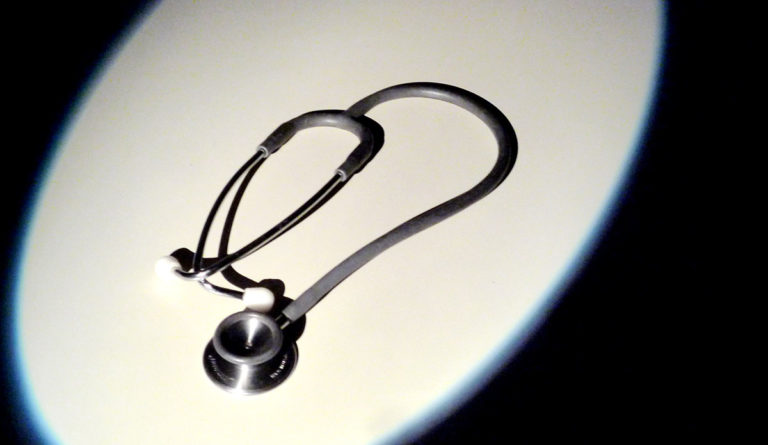Forgotten Lessons from Nuremberg
A new article in the American Journal of Public Health explores how certain conditions can motivate health professionals to become complicit in, and even condone, torture.

Read Time: 3 minutes
Published:
A new article in the American Journal of Public Health makes a provocative connection between the role that health professionals played in Nazi Germany and the modern “War on Terror.” Dr. Sondra Crosby, MD and PHP’s own Gilbert Benavidez examine how it is that “doctors, psychologists, physician assistants, and nurses acted as agents of the state to utilize their medical and healing skills to cause harm and sanitize barbarous acts.”
Dr. Crosby and Benavidez acknowledge that the actions of medical professionals during the War on Terror do not “come close to the atrocities committed by Nazi doctors.” However, the commonalities are apparent and instructive. In both instances, they effectively discard “their ethical obligation to prevent harm to people and instead become agents of the state.” The political anxiety after 9/11 altered ethical judgment over boundaries. Health professionals described a sense of duty to protect the country from another attack. As James Elmer Mitchell, a contract CIA psychologist, put it: “Sometimes it is necessary to tolerate a lesser evil, the killing of some, to achieve a greater good, the saving of many.”
The political anxiety after 9/11 altered ethical judgment over boundaries. Health professionals described a sense of duty to protect the country from another attack.
A report from Physicians for Human Rights documents the severe psychological and physical injury that eleven men detained and torture under U.S. custody. Survivors describe the short-lived hope that the medical personnel would stop the torture only to find that they regularly authorized its continuance.
Detainees in the War on Terror were deemed as “unlawful combatants,” thus reasoned to not fall under the protections against torture for prisoners of war under Common Article 3 of Geneva. The U.S. definition of torture evolved to allow “enhanced interrogation” techniques such as waterboarding. The “Torture Memos” released by the Obama administration note that such techniques were approved by physicians as long as “permanent harm, failure, or death” were avoided.
Survivors describe the short-lived hope that the medical personnel would stop the torture only to find that they regularly authorized its continuance.
Dr. Crosby and Benavidez look to Robert Jay Lifton to explain how health professionals may be able to reconcile the oath taken and the consequent actions that violate that oath. Lifton proposes a phenomenon called “doubling” where an individual experiences dissociation. In doubling, the individual separates the sanctioned brutality from the rest of his or her life. Dehumanizing euphemisms—such as calling simulated drowning “water boarding” and sodomy “rectal rehydration”—distance the torturer from the victim. Furthermore, treating the torture as a medical procedure may allow health professionals to legitimize and rationalize their use.
Torture is wrong and outlawed by Common Article 3 of Geneva. However, instances throughout history demonstrate how certain conditions can motivate health professionals to become complicit in and even condone torture. Dr. Crosby and Benavidez argue that doctors who have participated in torture have “permanently crossed an ethical and moral boundary….and they should be excluded from the profession.” Health professionals should move towards a framework of human rights instead of allowing lawyers and authority figures define acceptable behavior.
Feature image: Rosmarie Voegtli, stethoscope, used under CC BY 2.0



